- None
- Difficult to read, basic information
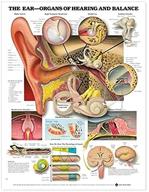
3
·
Average

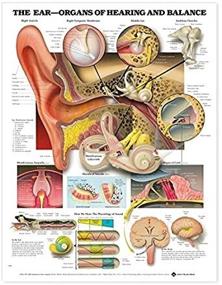
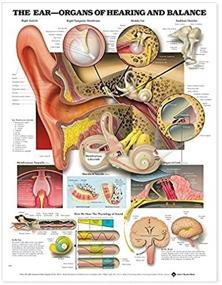

Dunlop SP Winter Ice 03 195/65 R15 95T

71 Review
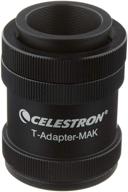
Celestron 93635-A T-Adapter: Enhance Your NexStar 4GT Experience

9 Review
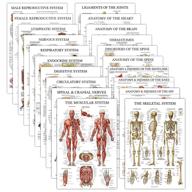
🩺 Anatomical Laminated Respiratory Circulatory Pack: Enhancing Understanding and Visualization for Medical Professionals

3 Review

Certified Industrial Portable Electronic by Bonvoisin

4 Review
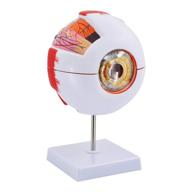
🧠 Enhancing Anatomy Learning: Portable & Detachable Enlarged Anatomical Education Aid for Students

3 Review
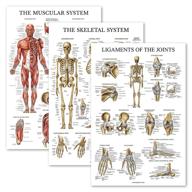
📚 Laminated Anatomical Pack for Skeleton Ligaments

3 Review

🩺 Anatomical Laminated Respiratory Circulatory Pack: Enhancing Understanding and Visualization for Medical Professionals

3 Review
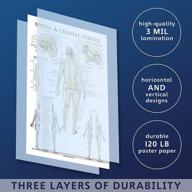
Анатомическая схема спинных нервов и дерматомов

3 Review

Learning Resources LER7300 Conversation Cubes

3 Review

🎉 Hart Squiggle Wiggle Multicolor 49265: Vibrant Fun for Endless Entertainment!

3 Review

📚 Enhance Learning with School Smart Sentence Strips in Inches

3 Review

🏠 Повышайте раннюю осведомленность с помощью набора Hand2Mind VersaTiles для успешной образовательной программы домашнего обучения.

5 Review